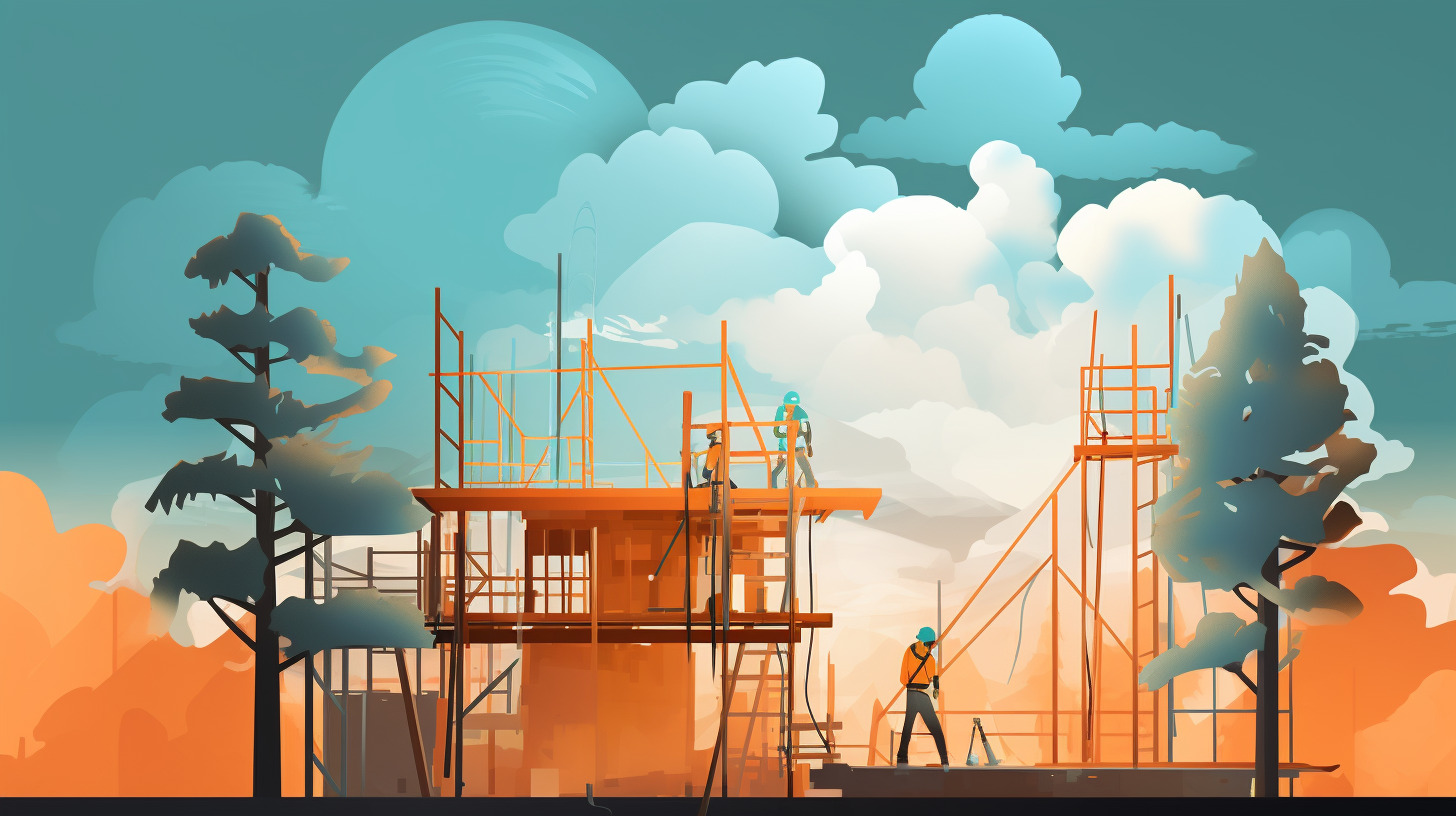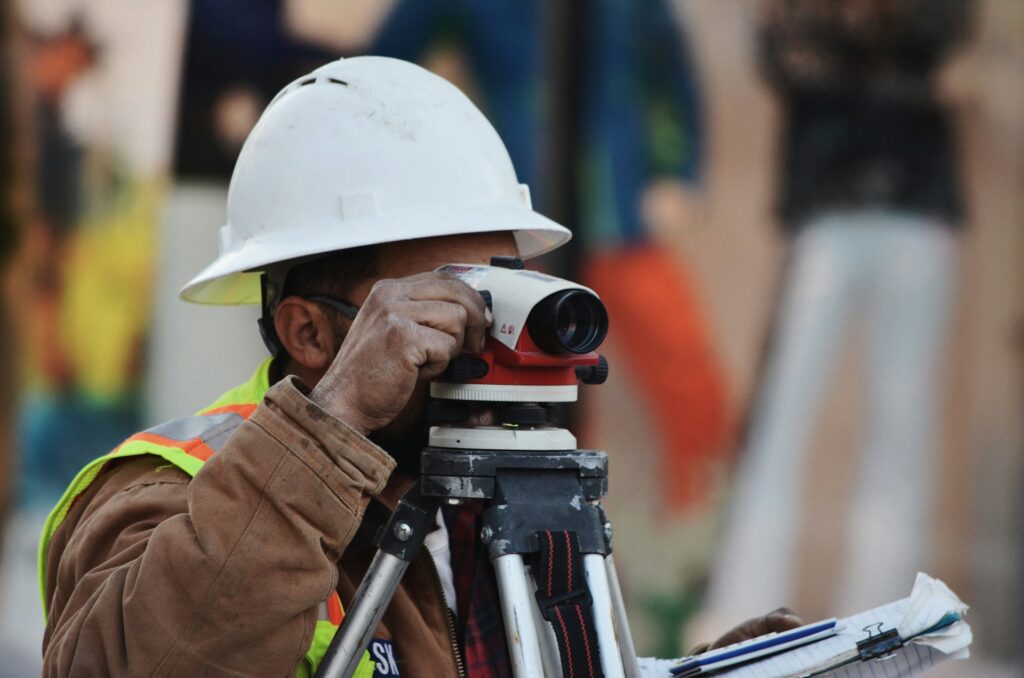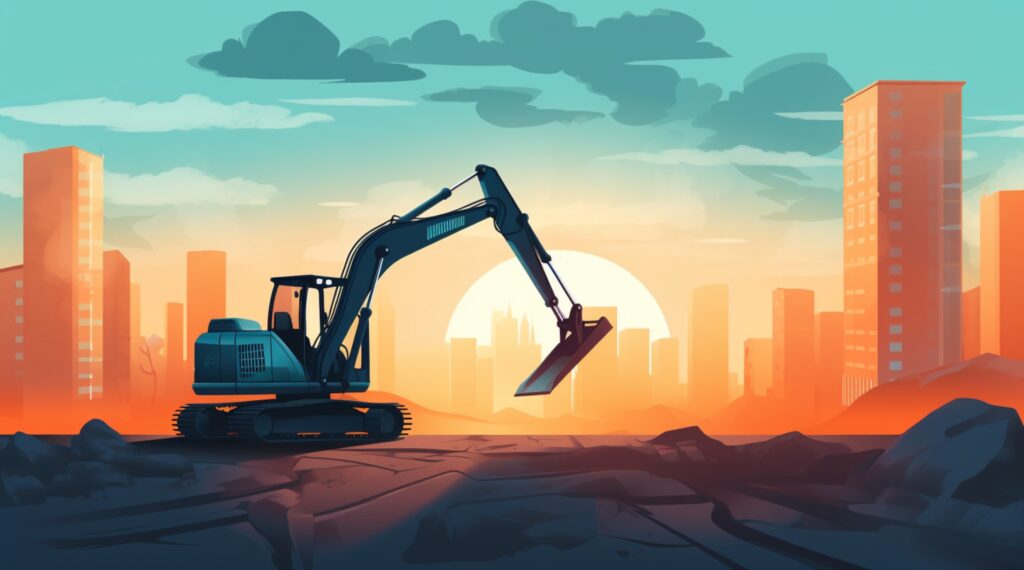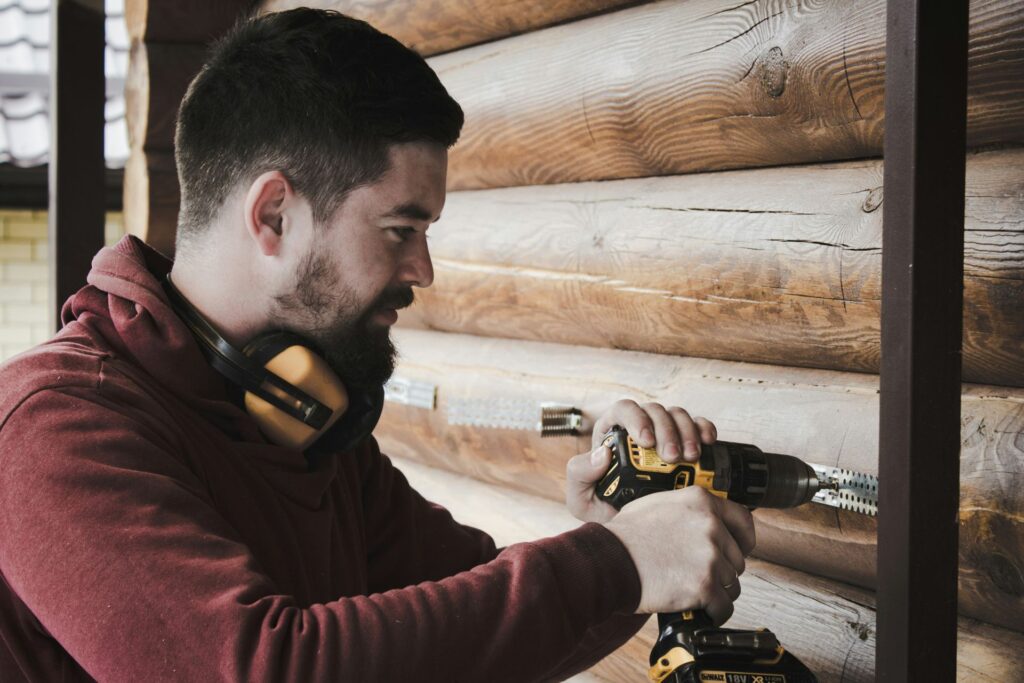
We are reader-supported. When you buy through links on our site, we may earn an affiliate commission.
When you think of stirrups, you probably picture cowboys riding horseback and rustling their cattle across the open plains. While that is one application for the word, it has an entirely different meaning when you’re talking about buildings. What are stirrups in construction, and what are the different types you might encounter?
What Are Stirrups in Construction?
A stirrup — also called a tie — is a closed loop of rebar made of steel that adds additional reinforcement to bars and beams in construction. One of the key roles of stirrups is to keep the main reinforcement bars and beams from deforming or collapsing under the project’s weight. They also help buildings resist lateral loads, such as from an earthquake.
Stirrups come in all sorts of shapes and sizes, depending on the project needs and the shape of the building getting reinforced. The orientation and spacing of stirrups along a reinforcement beam are crucial, and designers should, ideally, specify how the stirrups will be placed before construction begins to minimize errors. Placing them correctly can mean the difference between structural stability and building collapse.
Types of Stirrups in Construction
You may see several different types of standard construction stirrups on any particular project. They all have three things in common. First, they need a 135-degree hook. Every hook must be at the proper length, and the mandrel — the device that the steel stirrups get bent around — has to be the right size. What do the different types of stirrups look like?
1. Single-Legged
This is a type of open stirrup. You won’t see single-legged stirrups used very often, but they can be useful when you only need to bind two rods. Instead of a full loop, single-legged stirrups are bent into a U-shape.
2. Double-Legged
Double-legged or two-legged stirrups are some of the most common stirrup configurations in the industry. You need a minimum of four rods to complete this kind of stirrup. It is a form of closed stirrup.
3. Four-Legged
The next step up is the four-legged stirrup, which usually consists of two overlapping stirrups that do not fully wrap all of the rods. For example, if you have eight rods in two rows of four, the two overlapping stirrups will envelop six rods each, with both wrapping the four in the center. Four-legged stirrups are closed.
4. Six-Legged
You can take that same eight-rod design and support it with a six-legged stirrup instead. In this closed configuration, one stirrup encloses all eight rods, and additional legs add more support. These extra legs usually stretch between two adjacent rods.
5. Circular
Though the previously described stirrup configurations are for square or rectangular projects, you need a circular stirrup for columns. The stirrup’s exact measurements will vary, depending on the size of the project and the number of rods that require reinforcement. Circular stirrups are a type of open design.
6. Helical
Helical stirrups get their name from their resemblance to a DNA double helix. Instead of wrapping a perfect circle around the rods, a helical stirrup resembles a spring, providing additional support to primarily circular columns. It is another type of open stirrup.
7. Lateral
Lateral stirrups are the most common type used in reinforced concrete structures. They typically consist of four steel beams bent into round shapes and are built to withstand lateral forces in concrete structures. They create a strong, stable connection between the steel bars and the concrete. Lateral stirrups are often employed to reinforce slabs, beams and columns.
If stirrups aren’t enough to support your project’s needs, you can also add lateral ties. These bars won’t be a complete loop like stirrups, but they can provide additional support nonetheless.
8. Shear
Shear stirrups usually consist of two pieces of steel bent into a U-shape. The bars are bent into this shape to create a strong connection between the steel bars and the concrete.
The main purpose of shear stirrups is to help concrete structures resist shear forces, which is when two unaligned forces act on an object in different directions. Shear forces can knock over a building’s parallel structural elements. Shear stirrups are often found in slabs, beams and columns to prevent this type of damage from occurring.
9. Tension
Usually made from two steel rods bent into an open diamond shape, tension stirrups help resist tensile stresses in concrete structures. Their particular shape helps them build a solid connection between the steel bars and the concrete. Just as with other types of stirrups, they commonly reinforce beams, slabs and columns.
Advantages of Stirrups
Using stirrups is important for many reasons, including:
Improved Building Strength
Reinforced buildings can withstand larger loads than structures that lack reinforcement. Even under heavy weight, reinforced concrete buildings stay strong and stable thanks to the use of stirrups.
Greater Stability
Stirrups are like a building’s skeleton, helping the structure retain its intended shape without drastically changing its outward appearance. The greater stability makes a building more resistant to external forces.
Increased Seismic Resistance
Stirrups improve a concrete building’s seismic resistance. They add strength and stability to help prevent structural damage during an earthquake.
Greater Crack Resistance
Buildings reinforced with stirrups are more crack-resistant than those without stirrups. Stirrups distribute stress evenly throughout a building, preventing concentrated areas of stress that can lead to cracking. They also keep the concrete in its intended shape, making it less likely to crack.
The Value of Stirrups in the Construction Industry
From the outside, steel-reinforced concrete might look like an immovable object, but without sufficient stabilization from steel stirrups, it can deform. Even a small amount of deformation can damage the project’s structural integrity, creating a whole host of other problems for contractors to contend with.
Stirrups may seem complicated, and many people — even in the industry — aren’t familiar with them, but they are an essential part of any concrete or pile foundation construction. If you’re working with steel-reinforced concrete, understanding stirrups is a vital skill you can’t afford to overlook.
Original Publish Date 6/4/2021 — Updated 11/14/2023










